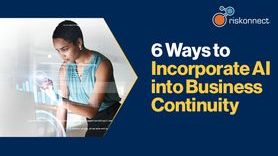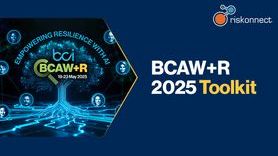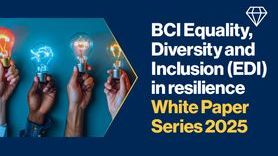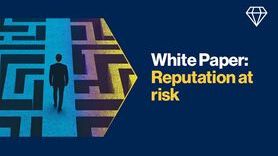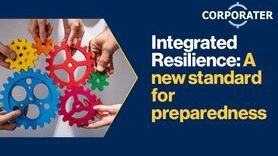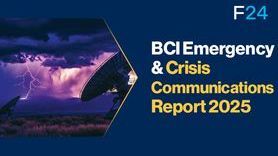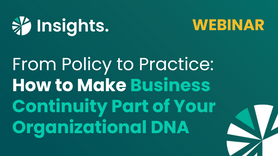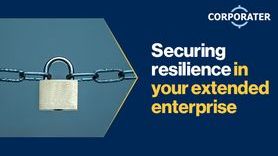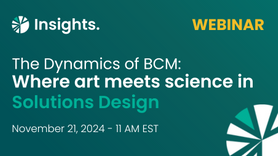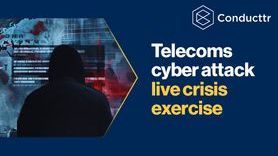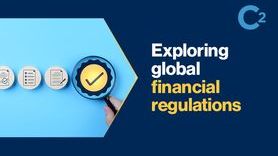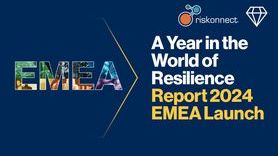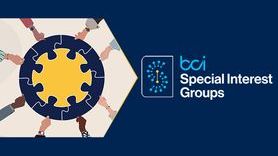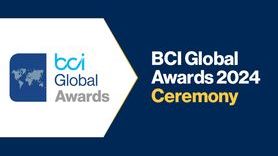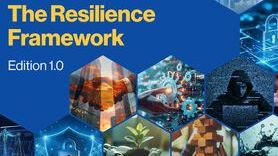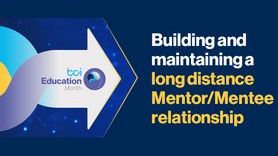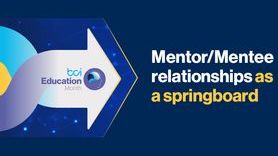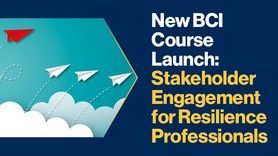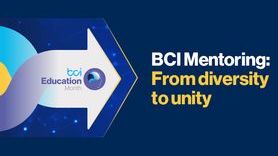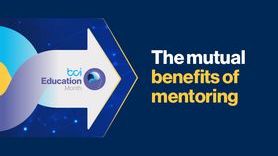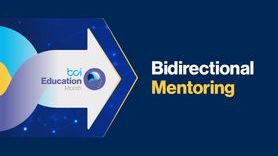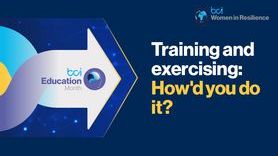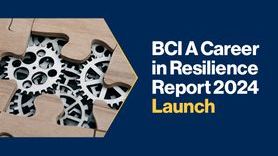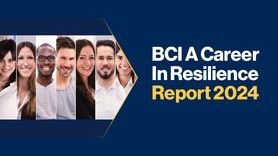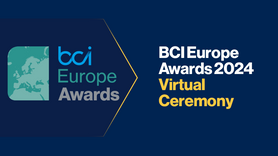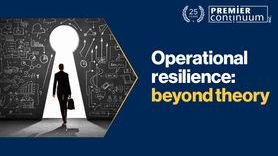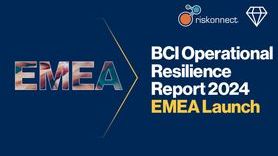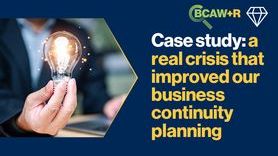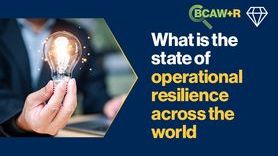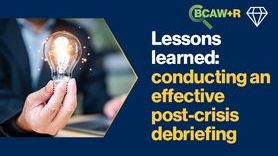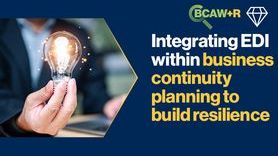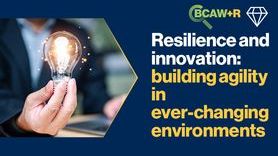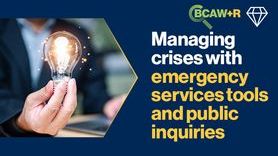Patterns
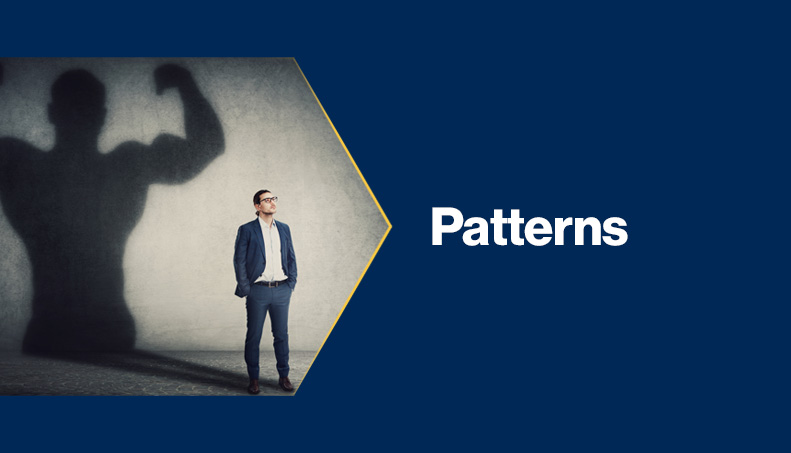
Patterns were a way of life for me growing up. I’d fast track options to do less and predict next steps to mask my reading limitations.
Now at the age of 50, looking back, I did all these things without realising it or without any conscious thought. I am a very visual person. Generally, once I see something work, I understand the “connection” or “link”, and can visualise it working in my head, seeing how the component parts move and engage with each other.
On the flip side, it may take me hours to understand a simple interaction from written text. My house is full of unread school and college books. My notes all consisted of flow charts, mind maps, bullet points and illustrations of systems. I learned through seeing and doing, rather than reading. From an early age, I could absorb large amounts of data at speed, but only when I could see it, hear it, or touch it. If I needed to learn something, or better understand it, I would find someone who knew the material and basically interrogate them! This enabled me to process vast amounts of information. This also meant that textbooks were of little use to me.
The Early Years
When I was about 10, I was perceived as being very bright in school. My only concern was when our teacher would go around the class asking everyone to read a section of the book. I would calculate where in the book I would likely be expected to read from and would practice that section repeatedly. So, when it came to my turn I would regurgitate the part I had learned, even if my calculations were wrong and I had prepared the wrong section.
Losing Confidence in Secondary School
Things changed when I went to secondary school. I couldn’t keep up because there was no time to imagine or process information. Reading out loud became a daily event which repeated itself numerous times during the day. My confidence took a real beating, and a lifetime of insecurities were formed.
By now I assume you have guessed it, I’m dyslexic. It’s a part of me, an important part, but it doesn’t define who I am or what I can do. I have gained more than I have lost. This is an important message, to anyone reading or listening to this: treat dyslexia like your secret weapon.
My Superpower
I can compute vast amounts of information, visualise complex challenges, and troubleshoot at ease. It wasn’t until I was in my 30s that I realised most people can’t do this. I can be hyper-focused, blocking all external noise out, and pushing myself beyond where most people would have given up.
My issues are that I’m a slow reader, I struggle with pronunciation of unusual words or names and still, at times, I find it very difficult to read out loud. My social battery dies before many others and at times I find it impossible to sit still, thus you will normally find me at the back of the room.
Back to patterns
Back to patterns. It’s only as I’ve gotten older, I’ve realised how much I use patterns in daily life. It all started in school with trying to predict the next word in a textbook. This would give me more time to focus on the words I wasn’t sure about and say the words I was predicting without having to read them out loud. It’s important to note this isn’t a problem with reading, but a problem aligning the words I just read while simultaneously reading them aloud. It’s difficult to explain, it’s like taking a phone call with an echo, where you hear yourself back a couple of milliseconds out of sync.
The College Years
When I got to college, I studied electronics. Wow, this was easy! Everything had a rule, a job, and a predictable outcome. I could easily predict the outcome without ever having to read anything. I love problem solving, and as a result I found this material very exciting and rewarding. As a child I’d taken everything electronic apart on a weekly basis, so I’d had lots of practice. Taking the family TV apart and reassembling it before my father got home from work and wanted to watch the news was always fun!
My Career
My first job was an electronics engineer, there was nothing I couldn’t fix. Within a year I had a company car and retrained as a security and infrastructure engineer. I began applying pattern recognition to everything I did, from how I dealt with awkward people to how I solved problems and fixed IT issues. For the first time hard work equalled success. I excelled at work, so my bosses kept giving me more and more responsibility. Combined with positive friendships and my now wife, I began putting all the negativity I’d experienced in secondary school behind me.
Throughout my 25-year career in global leadership roles across Cyber, IT, Risk and Operational Resilience, with some of the biggest companies in the world, my old friend pattern recognition has been with me. I can count the number of times on one hand that I felt being dyslexic has ever held me back or was a disadvantage.
People with dyslexia share some key characteristics:
- Big picture view – being able to identify things others can’t.
Throughout the years working in business continuity and disaster recovery, I’ve found this capability invaluable. I can visualise how businesses operate at a global level, visualising their downstream dependencies and upstream deliverables, along with single points of failure. I can also see where a business function passes to another and anticipate how disruption could impact the business and to what level.
- Improved pattern recognition – ability to analyse and pick out trends with ease.
There are three key areas where I use this capability:
Documentation: having the ability to identify patterns means I can immediately identify changes in font, font size, double spaces, misalignment, and overall structure of a document.
Risk: easily identify risk and see the connection between risks. This is a visual identification, where one can work through a situation again and again until you figure out the most plausible risk or outcome.
Cyber: the ability to identify several different activities and correlate them in your thoughts resulting in identifying a specific event.
- Finding the odd one out – identifying things when they are out of place or non-compliant.
Compliance: breaking down a control into its individual elements, identifying how one might deliver evidence on the control and score against its compliance.
- Great spatial awareness – creativity in seeing the product or something in its future state.
- Hyper-focus – unnatural ability to focus and work for extended periods of time.
Hyper-focus is a double-edged sword. In one situation I can block out everything around me and focus on something for hours at a time. Unchecked this could easily result in almost no sleep for days at a time. The flip side of this is the inability to see beyond an activity, deadline, or deliverable. Without awareness of this capability, one can become hyper-focused on the wrong thing or even worse, a negative aspect of something.
A Final Thought
Imagine you’re walking through a bustling market, your senses are flooded with sights, sounds, and smells. Amidst the chaos, your brain is constantly at work, picking out familiar faces in the crowd, recognising the scent of your favourite food, or tuning into a song that’s playing in the background. This ability to identify and make sense of patterns is something we do effortlessly every day.
Pattern recognition is all about finding the familiar in the unfamiliar, making connections, and drawing conclusions. Pattern recognition for someone who is neurodiverse can be a unique and powerful experience, with an enhanced capacity to spot patterns, trends, or details that others might miss. This can manifest in various ways, such as an extraordinary talent for understanding complex mathematics, recognising obscure patterns in data, or memorising intricate details. These abilities can be incredibly advantageous, especially in fields that require a keen eye for detail or the analysis of large sets of data.
If you can harness these neurodiverse capabilities, and blend them with neurotypical skills, whatever your department or business does, you will excel. With the right culture, where your capabilities are recognised, the sky’s the limit.
In the realm of resilience, the unique skills and approaches of neurodiverse staff, particularly in planning and crisis situations, should be viewed as invaluable assets. For instance, the ability to quickly visualize multiple outcomes for a proposed course of action can save vital time when the clock is ticking. A business continuity or resilience team with a diverse range of neuro-attributes is equipped with the ability to cover more ground and enable a nuanced approach, potentially more capable of identifying details that a solely neurotypical team might miss. This blend of attributes supports the application of business continuity and resilience guidelines, builds trust, and ultimately enhances resilience within organizations.



